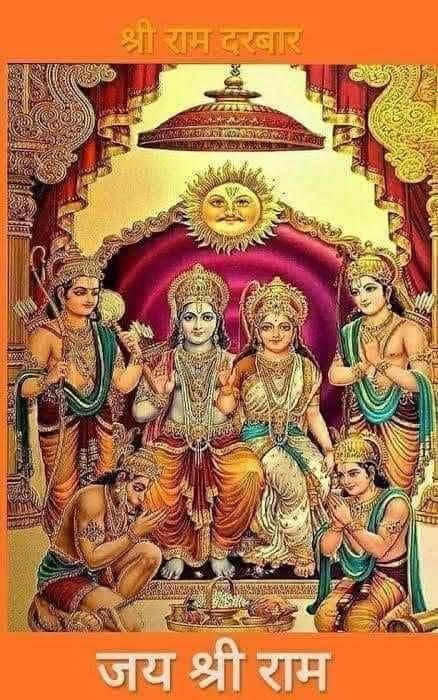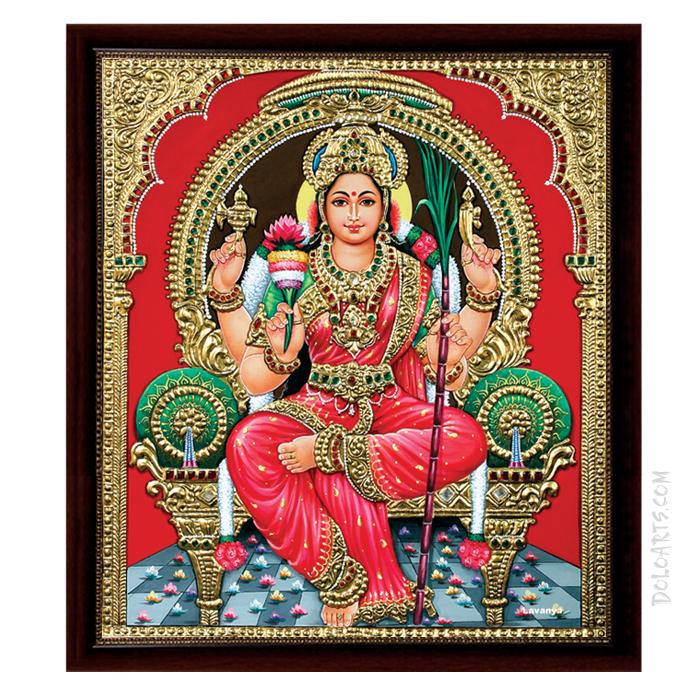Those who follow the Vedas are called the Vaidikas.

Their Principal Deity is Agni, The Fire God.
The oldest Literature known to Man starts with the Invocation to Agni,
‘Agnimele Purohitham’
For the Bramins Agni and worship of Agni is special.
The Aupasna Fire(Ritual Fire0 )hat is kept at Home is carried for generations, being transferred from Father to Son and the Agnis is not to be put off.
Though there are many Gods are praised in the Vedas, Agni has priority.
But worship of other Gods, though mentioned in the Vedas and Suktas are in the Vedas n praise of them they take a second place.
But the term Sanatana Dharma is not to be confused with Vaidika.
Vaidika refers to the worship of a particular entity(Agni), Sanatana Dharma refers to the whole systems of Indian Thoughts which includes Fire worship.
When one reads the Vedas , he will find that the Vedas have Samhitas, Hymns for worship for Gods.
But the procedures are found, as we find them today.
Where do these procedures come from?
And from whom?
It is believed that the practices are from Smrtis,(Recollections) for Individual Discipline and Agamas, for Collective worship.
Two points are worth the mention.
We have Smritis, Vishnu Smriti, Vasishta Smriti, and many more including Manu Smriti.
These suggest they are Vedic if not Puranic, as he Smritis are mentioned in the Puranas.
Allusions to Purans are in the Vedas.
So which is older, the Purans are the Vedas?
Secondly the Vedas do not mention collective worship or the building of temples.
They find a place in Smritis.
Intriguing!
Then we have the Agama.
Agama (Sanskrit आगम) is derived from the verb root गम (gam) meaning “to go” and the preposition आ (aa) meaning “toward” and refers to scriptures “that which has come down”.
It also means “a traditional doctrine, or system which commands faith”
The Agama , mainly, constitute the methods of temple construction and creation of idols, worship means of deities, philosophical doctrines, meditative practices, attainment of sixfold desires and four kinds of yoga.
The Agamic religions are also called Tantrism, although the term ‘tantra’ is sometimes used specifically to refer to Shakta Agamas.
The origin and chronology of Agamic religions remain contentious.
The Vedas mentions Tantras(though they are to be inferred from the explanations of the Veda Text Commentaries, yet Tantra is consdidered to be of later origin along with the Agamas.
In theMalay language the word Agama literally means ‘religion’. Agama traditions have been the sources of Yoga and Self Realization concepts in the Indian subcontinent, including Kundalini Yoga and encompass traditions of asceticism.
Tantrism includes within its fold Buddhist and Jaina tantras suggesting that Hindu, Jaina and Buddhist tantrism developed separately after arising from common sources of Tantric elements.
The Agamic tradition, in general, has been dated to the pre-Mauryan period as references to the tradition are found in later Vedic literature of Atharvaveda.
While there is evidence that the Agama is a part of Veda, thee is a reference that the Agama was conceived by the descendants of Sage Viswamitra’s sons when then they were banished by Viswamitra to the South, Dravida.
The Apasthamba sutra is considered to be compiled by Apasthamba in the South, incorporating the practices of the Tamils
(History of the Tamils by PT. Srinivasa Iyengar)
Let this contentious issue be.
Agamas have following constituents.
Cariya-Conduct.
Kriya-Action(Rituals)
Yoga-Union and
Jnana -Supreme knowledge.
Let us see what the Agamas are.
Some popular agama-based religions are those of
Shaiva, Vaishnava,
Shakta,
Ganapatya,
Kaumara,
Soura,
Bhairava, and
Yaksha-bhutadi-sadhana.
There exist 28 Saiva Agamas,
77 Shakta Agamas and
215 Vaishnava Agamas.










Leave a comment